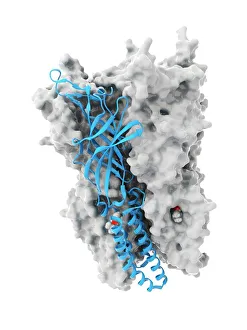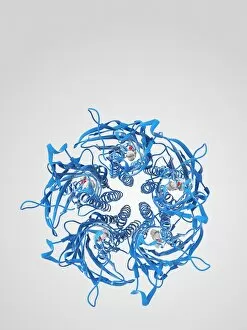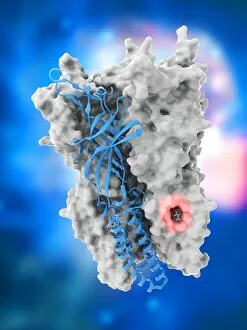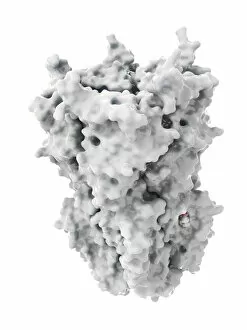General Anaesthesia Collection
Step back in time to the 1850s, as we revisit the pivotal moment when anesthesia transformed surgery from a painful ordeal into a manageable medical procedure
All Professionally Made to Order for Quick Shipping
Step back in time to the 1850s, as we revisit the pivotal moment when anesthesia transformed surgery from a painful ordeal into a manageable medical procedure. Fast forward to modern times, and the intricacies of this life-changing discovery unfold at the molecular level. Witness the anesthetic's interaction with ion channel C015/6718, as it inhibits the normal flow of ions, inducing a state of unconsciousness. Delve deeper into the mechanism, observing how ketamine, a commonly used anesthetic, binds to ion channels C015/6720, C015/6721, C015/6722, and C015/6723, altering their function and ultimately, providing relief from pain and sensation during surgery. This captivating dance between anesthetics and ion channels continues to unfold, offering endless possibilities for advancing our understanding of anesthesia and improving patient care.








